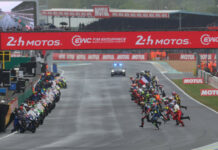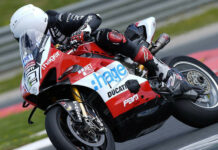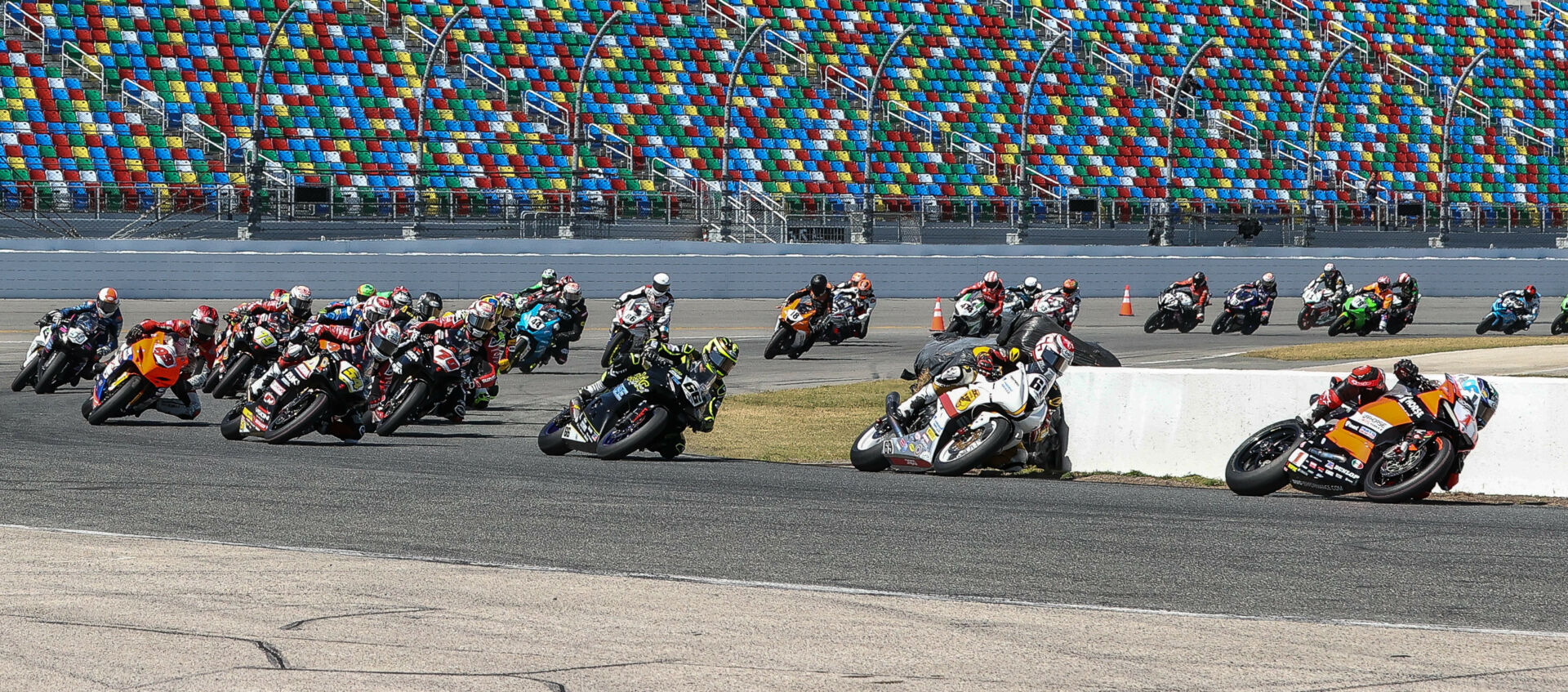If you watched the 81st Daytona 200 MotoAmerica Supersport race and were confused about how the restarted race was handled and how the final results were determined you are not alone.
Many riders and paddock veterans also expressed confusion on several aspects of the restarted race and its finish, but the fact is MotoAmerica followed the wording in its published rules to the letter. Here is an explanation of some key points.
The red flag.
On lap 53 of 57, Danny Eslick, Teagg Hobbs, and Jason Waters came together at the International Horseshoe with Hobbs and Waters crashing. The location of the crash forced Race Control to stop the race with the red flag so workers could safely access and deal with the crash scene.
The length of the restart.
The leaders of the race had completed 52 of 57 scheduled laps when the race was stopped. In the 2023 Daytona 200 and Supersport Extended Race Supplemental Regulations, it states that if the Daytona 200 is stopped after more than three laps and less than 53 laps are completed, the race will be restarted for a second race and the distance of the second/restarted race will be enough to complete the original race distance of 57 laps and “shall not be less than ten (10) laps.”
As a result, the 2023 Daytona 200 was actually the Daytona 217.62 – 62 laps x 3.51 miles. According to 1972 Daytona 200 winner and Daytona 200 historian Don Emde, this was the longest Daytona 200 race.
How riders who were one or more laps down before the red flag were classified on the lead lap for the restart.
Only riders who finished 75% (39 laps in this case) of the original race and were actively competing at the time of the red-flag stoppage were eligible to compete in the second/restarted race. The grid positions were determined according to the finishing order of the first/stopped race, according to the rules, and “The final race classification will be established according to the position and the number of laps of each rider at the time he crossed the finish line at the end of the last part of the race.”
In short, this means that the second/restarted race was a new race only open to riders who had completed 39 laps of the original race and were still actively competing when that original race was stopped.
The time penalties assessed to Blake Davis (15 seconds), Kevin Nolde (15 seconds x 2), and Brandon Paasch (15 seconds) for speeding on pit lane during the first portion of the race.
Again, in the rules it clearly states, in bold: “Riders receiving a time penalty in the first race will have the penalty applied only to the finish of the final race.”
So, even though the second/restarted race was considered a new race with everyone on the lead lap again, Davis, Nolde, and Paasch were still assessed time penalties they incurred in the stopped/first race.







